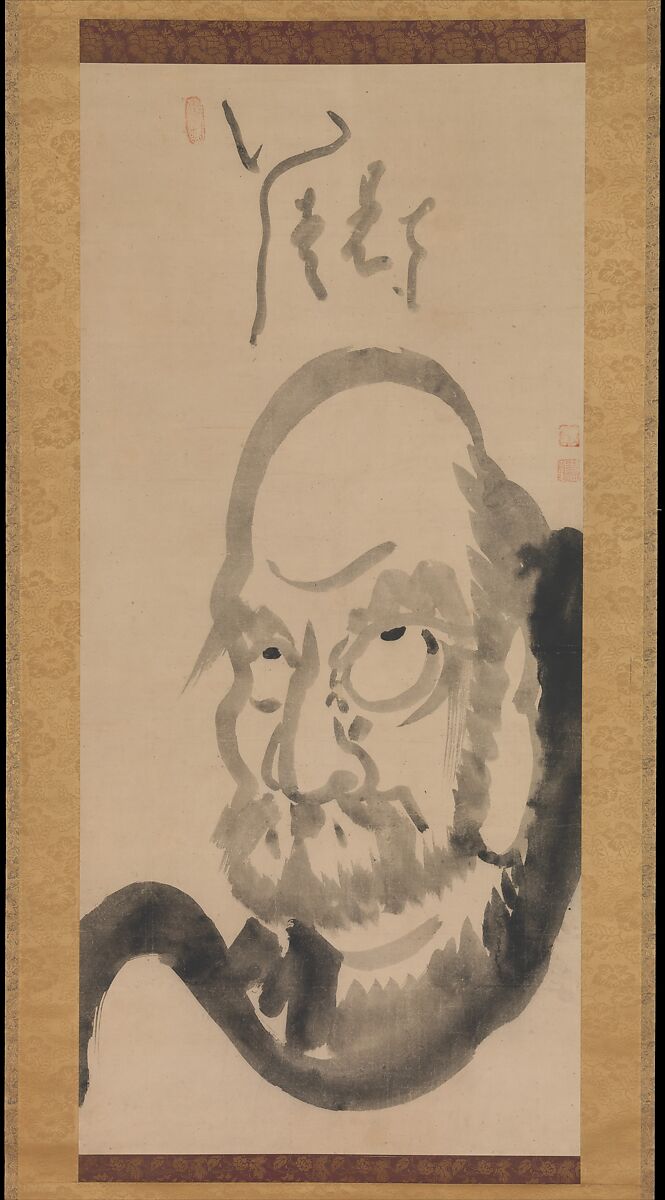When I started art school, I found myself drowning in crippling self-doubt about my abilities. I was unmoored from any sense of community support, having left everyone I loved behind in Chicago to chase a dream. I was shy, awkward and lonely, spending most days second guessing every assignment. Over time, I found myself so completely overwhelmed, I skipped classes and blamed myself for nothing ever being good enough. Without realizing it, I was feeding my self-hatred and growing a toxic, self-fulfilling prophecy of helplessness and fear.
The only place I found some solace from my own cacophony of thoughts was in my art history classes. I found myself enamored with academic scholarship and research, spending many hours alone with books in the library. In the autumn of 2008, I enrolled in a course with Diane O'Donoghue called Acts of Emptying: Visual Cultures of Premodern Japan which touched on Zen Buddhism and Japanese art history. At the same time, two of my professors recognized the death abyss I had flung myself into. Charles Goss and Paul Stopforth both began to lend me readings on Zen Buddhism when they saw me light up about the art history course, which would irrevocably change me and my art practice. Charles placed a copy of Practicing Peace in Times of War by Pema Chodron in my hands, “I think you’ll find something here.”
While reading the book, I discovered that my feelings of chaotic anxiety, or groundlessness, could be reframed as spaciousness. Chodron writes,
When I realized my thoughts and feelings could only hurt me if I danced with them, I began to look for ways to turn on the lights in my inner world. They encouraged me to abandon my obsession with crafting the perfect concept by engaging with the creative process in the present. I began painting animals using ink on a roll of paper, adopting the methodologies of the Zen Buddist monks I read about in Diane’s class. My final research paper for Acts of Emptying focused on the artist Hakuin Ekaku and his paintings of monkeys. Through my historical engagement with this moment in time, I learned that
These days, I’m much more forgiving towards myself and my creative practice. Mindful meditation through painting has gradually shifted my art practice from a burning, insatiable wildfire to a much gentler, kinder way of seeing. I still encounter creative failings often, but they no longer define who I am or how worthy my art is in the world. We should all experience the freedom of taking up the space we deserve. I’m thankful for the connections that led me to my own power, and the courage that empowers me to help others.
You can read the full research paper here.





